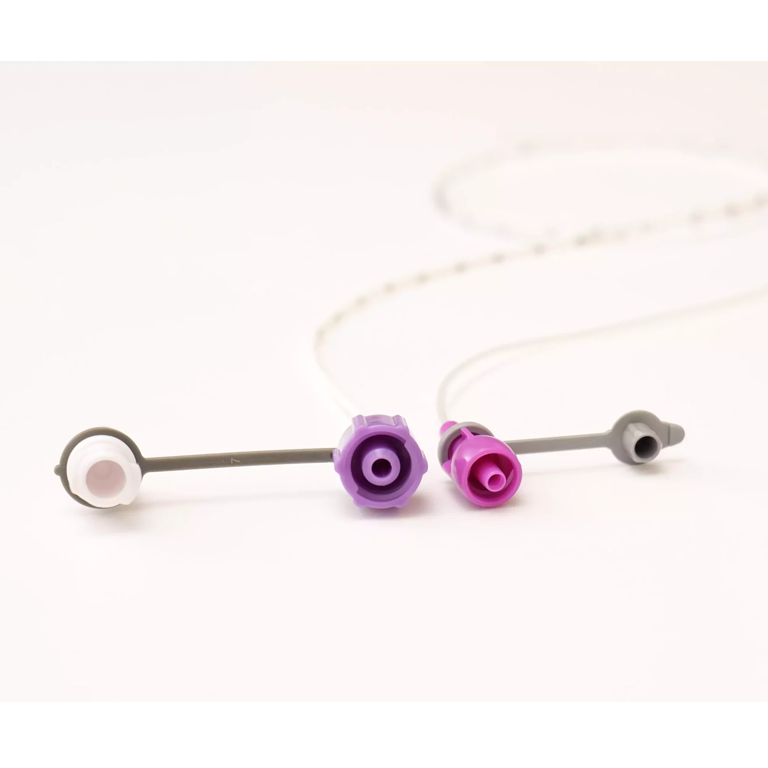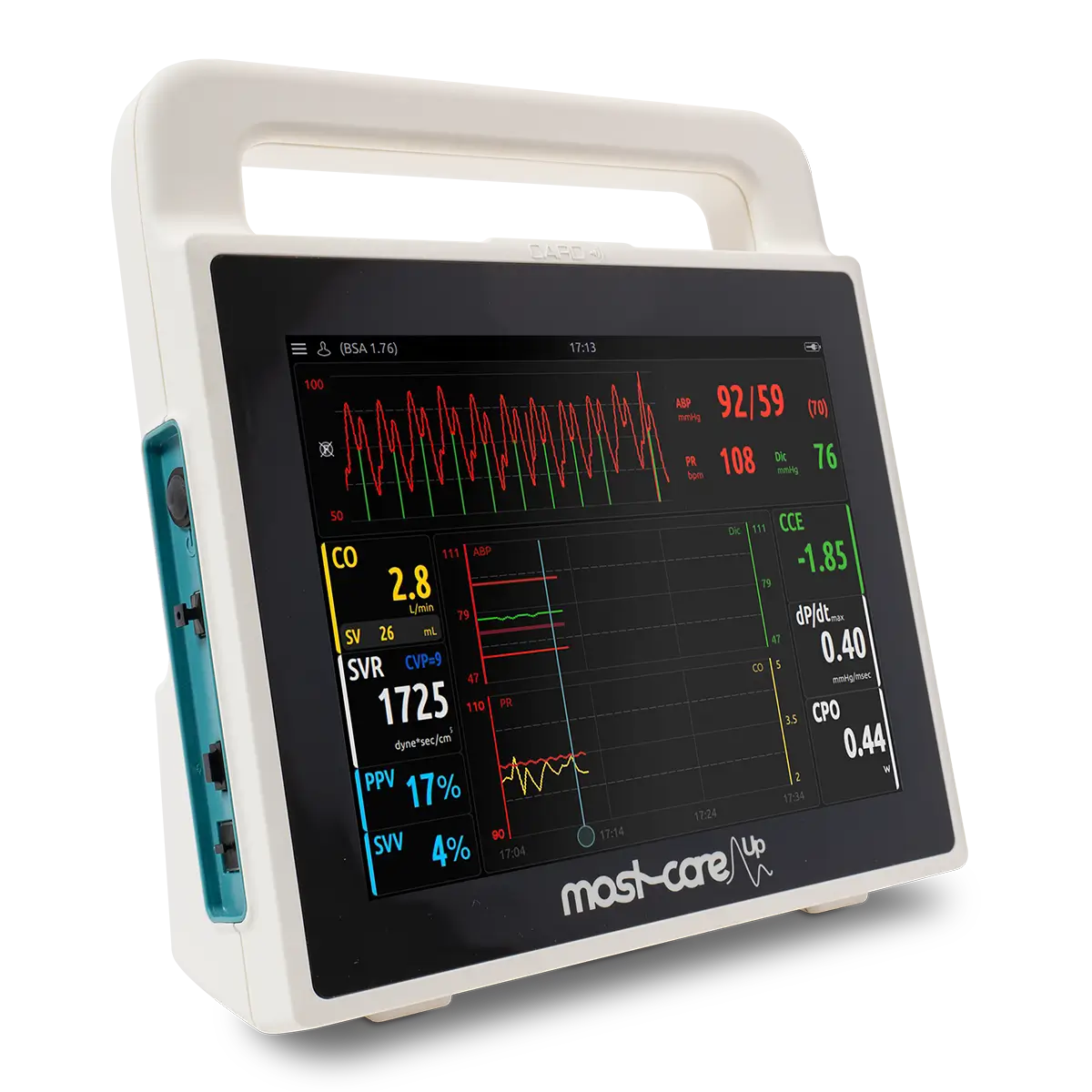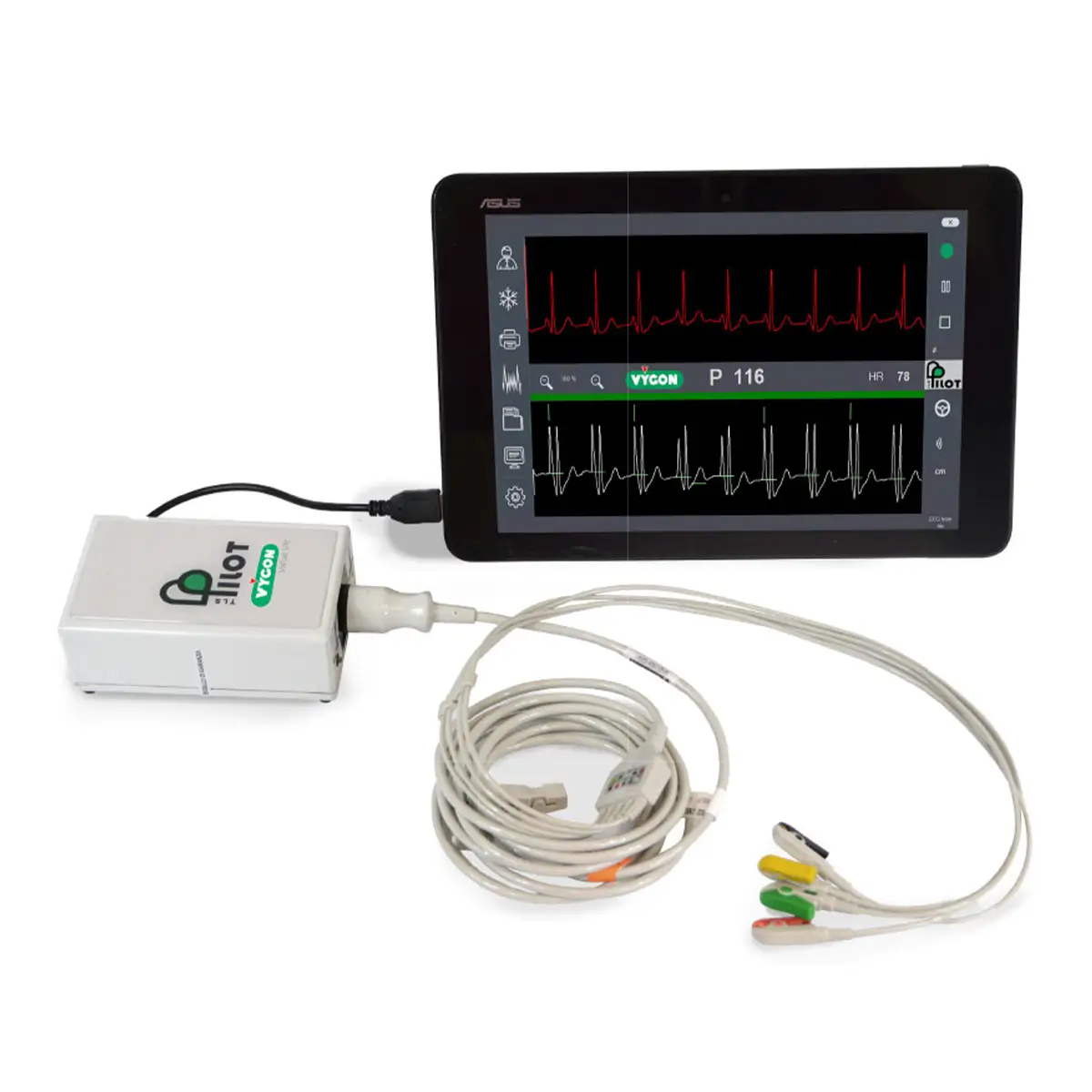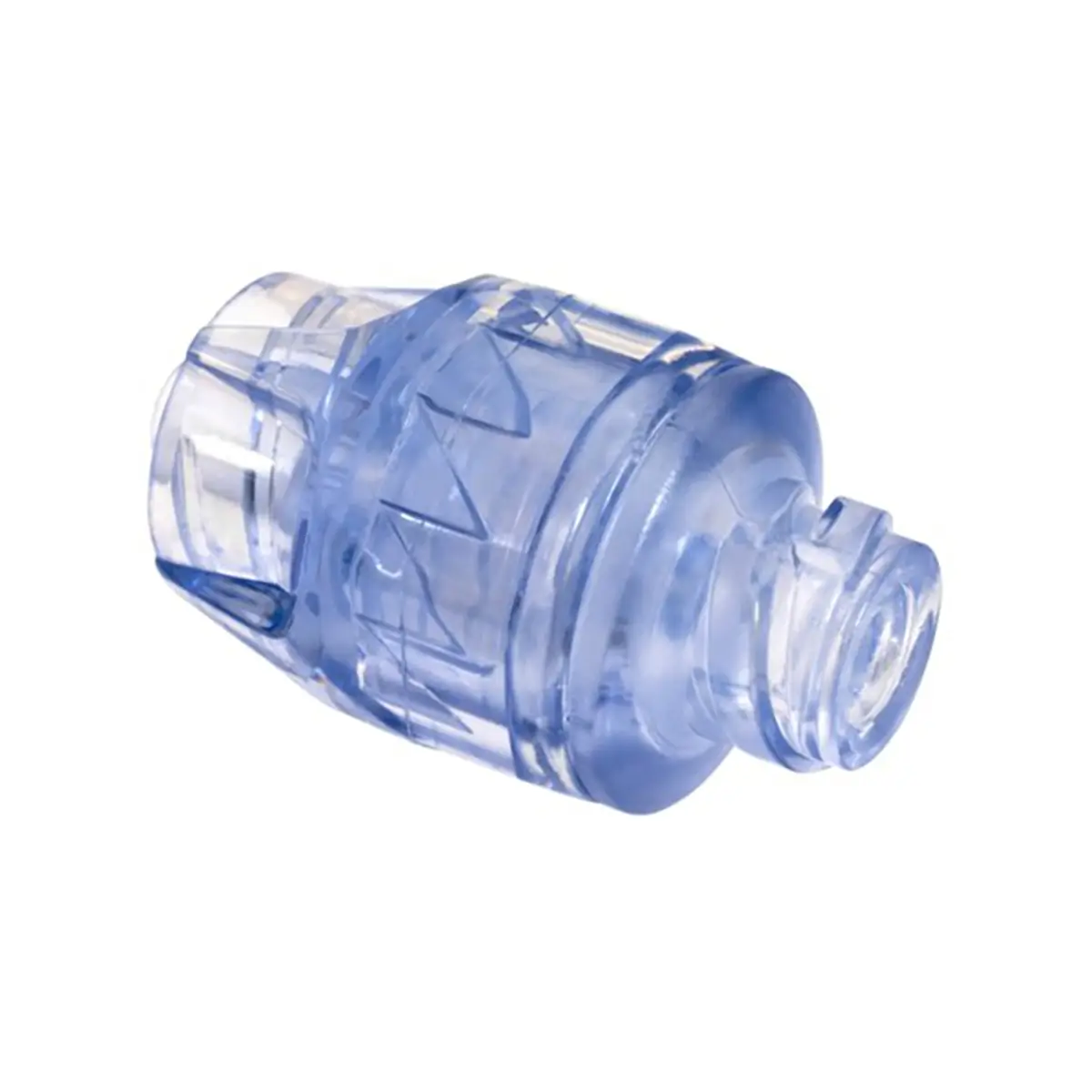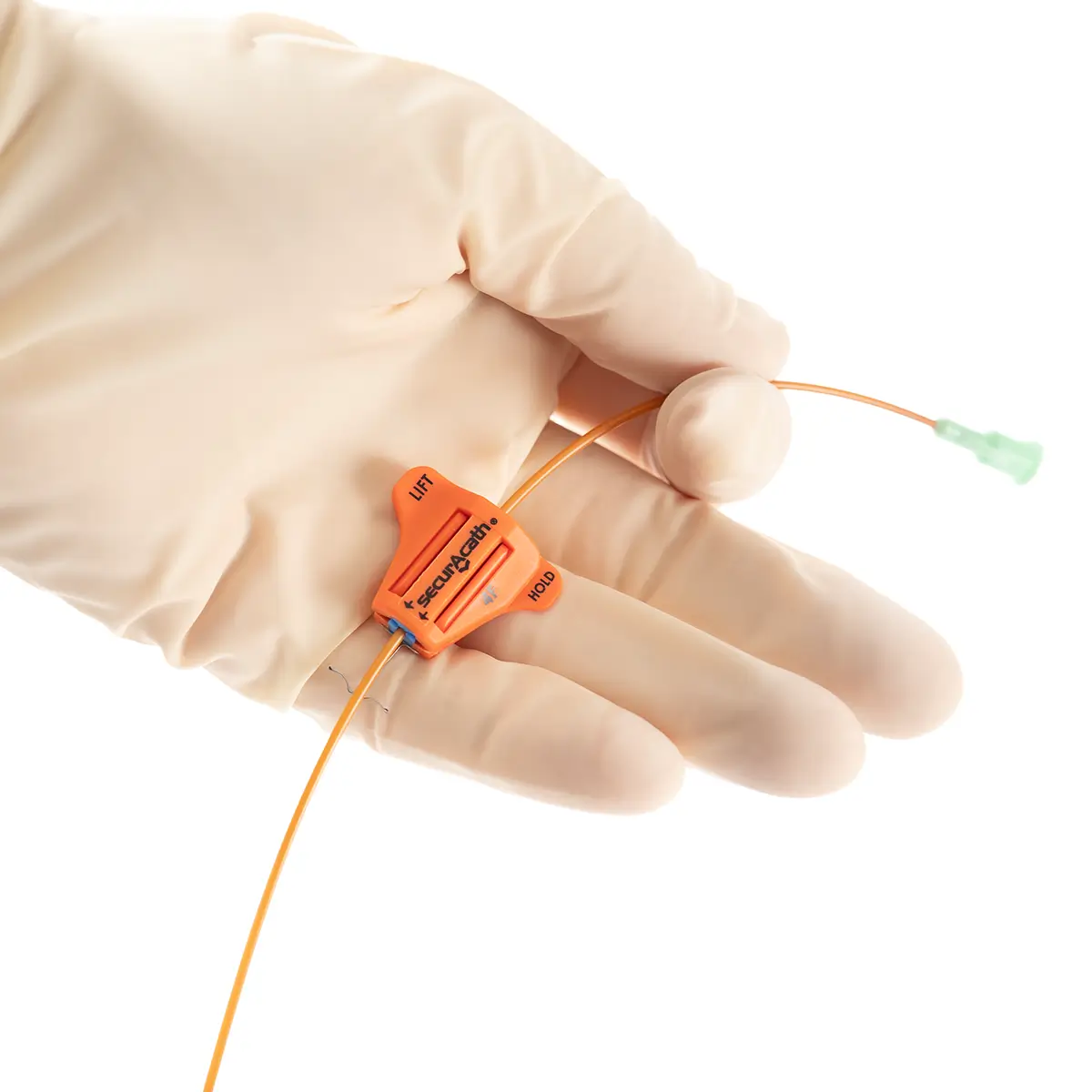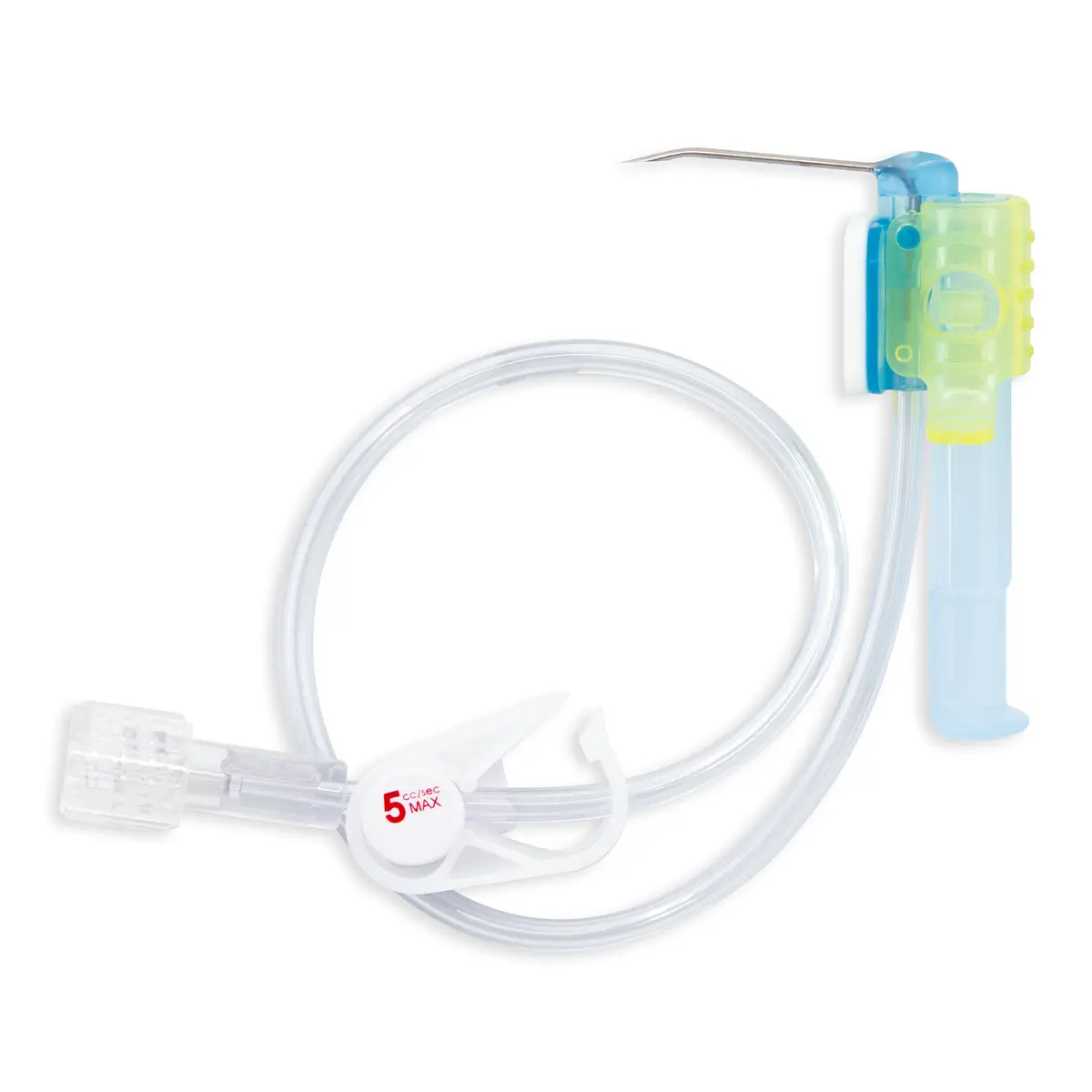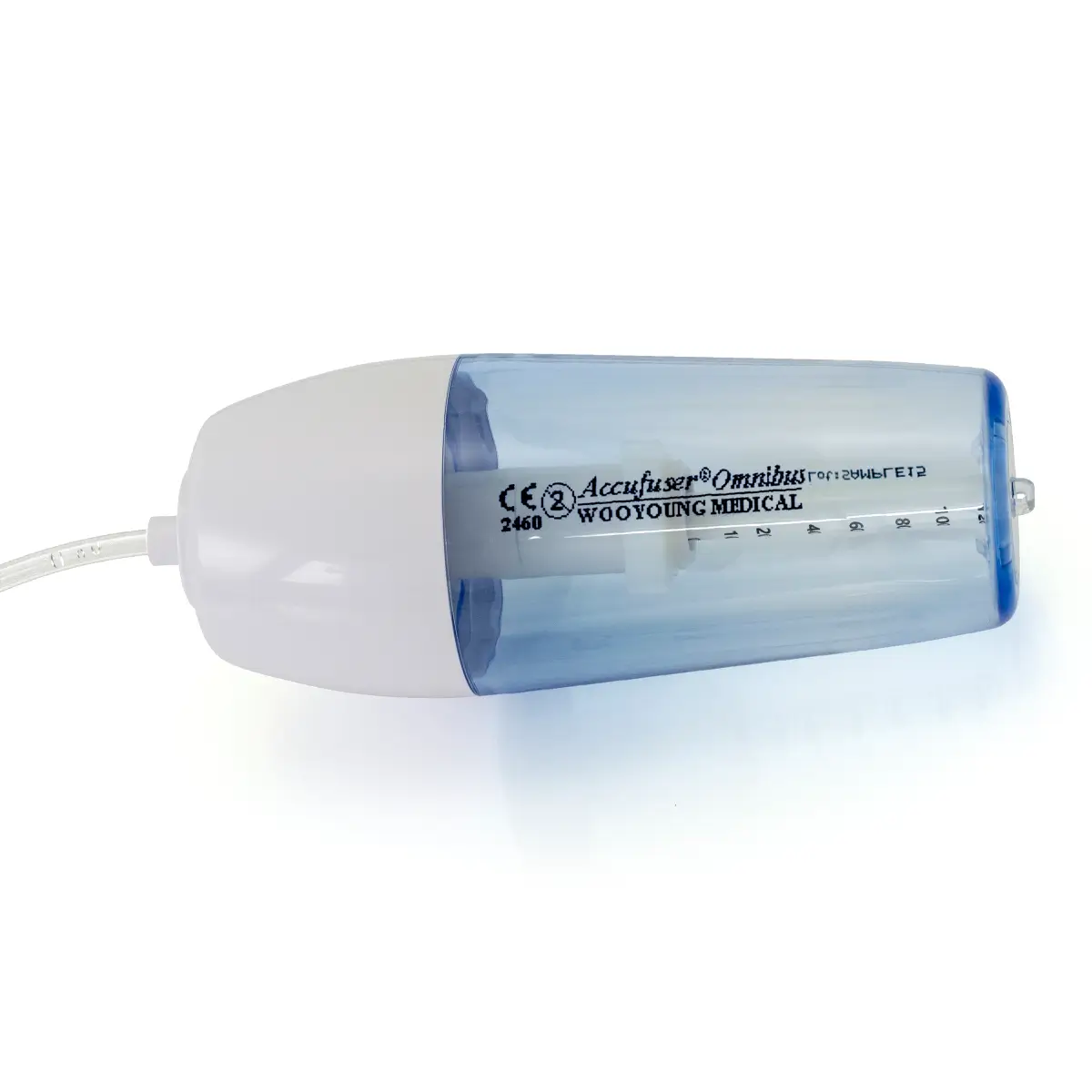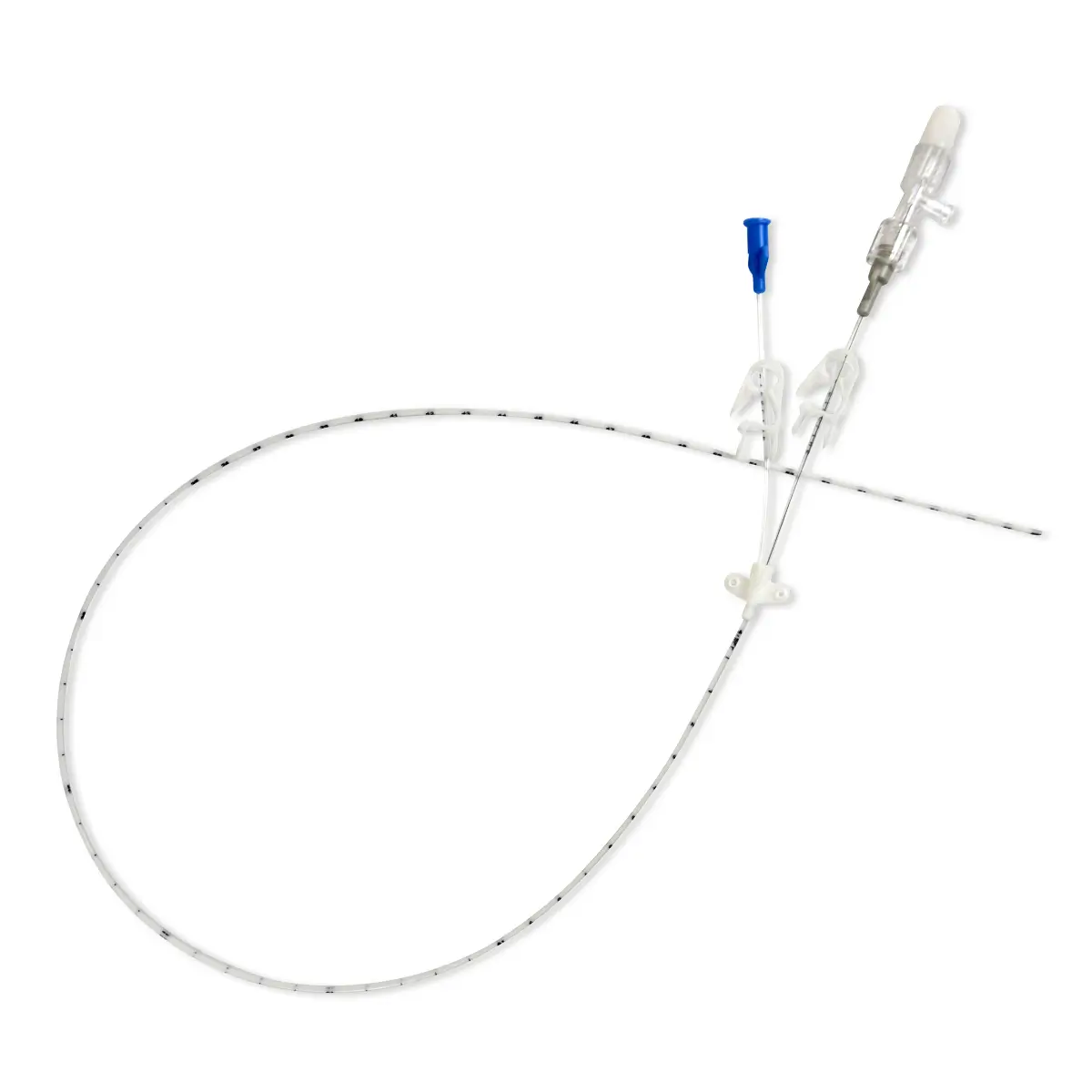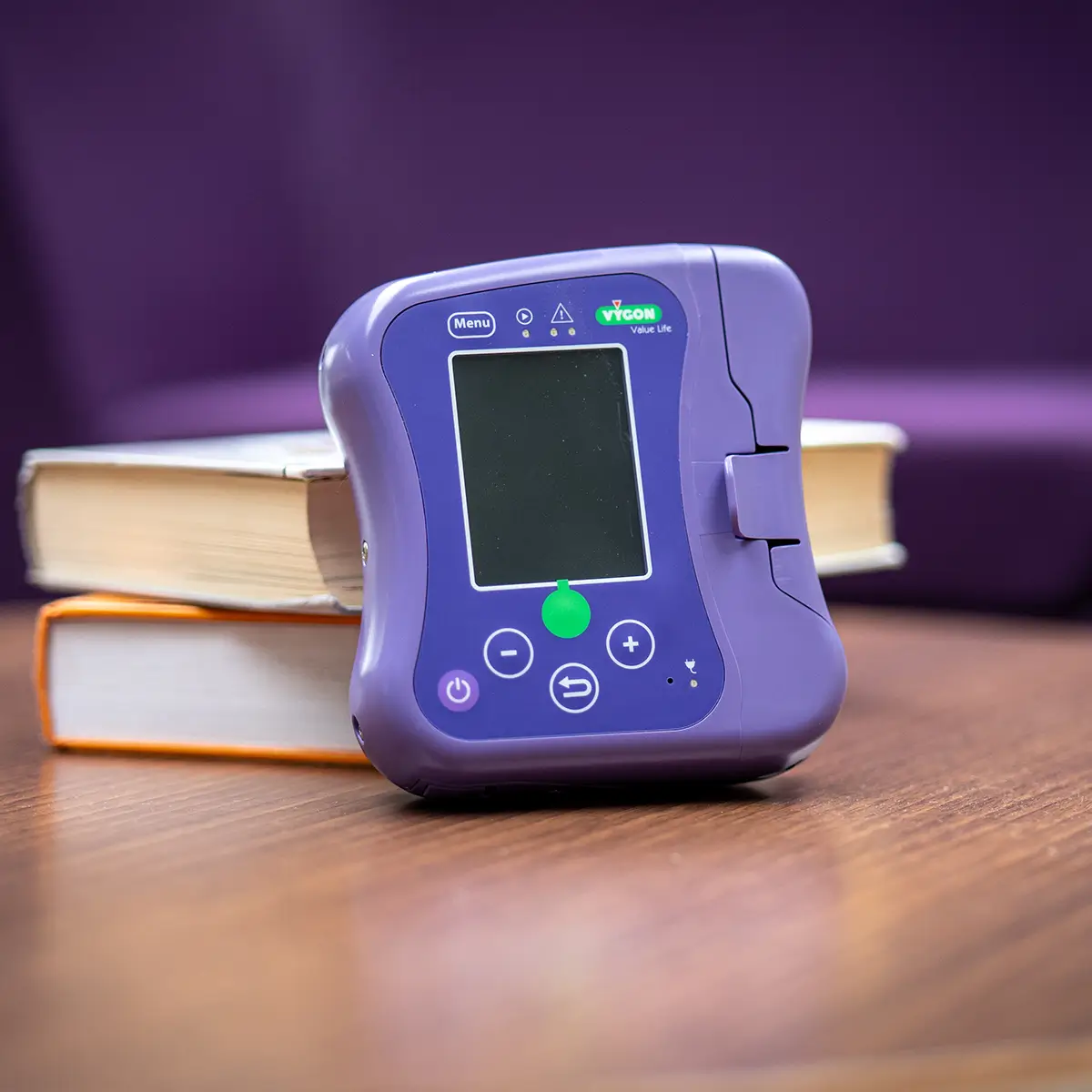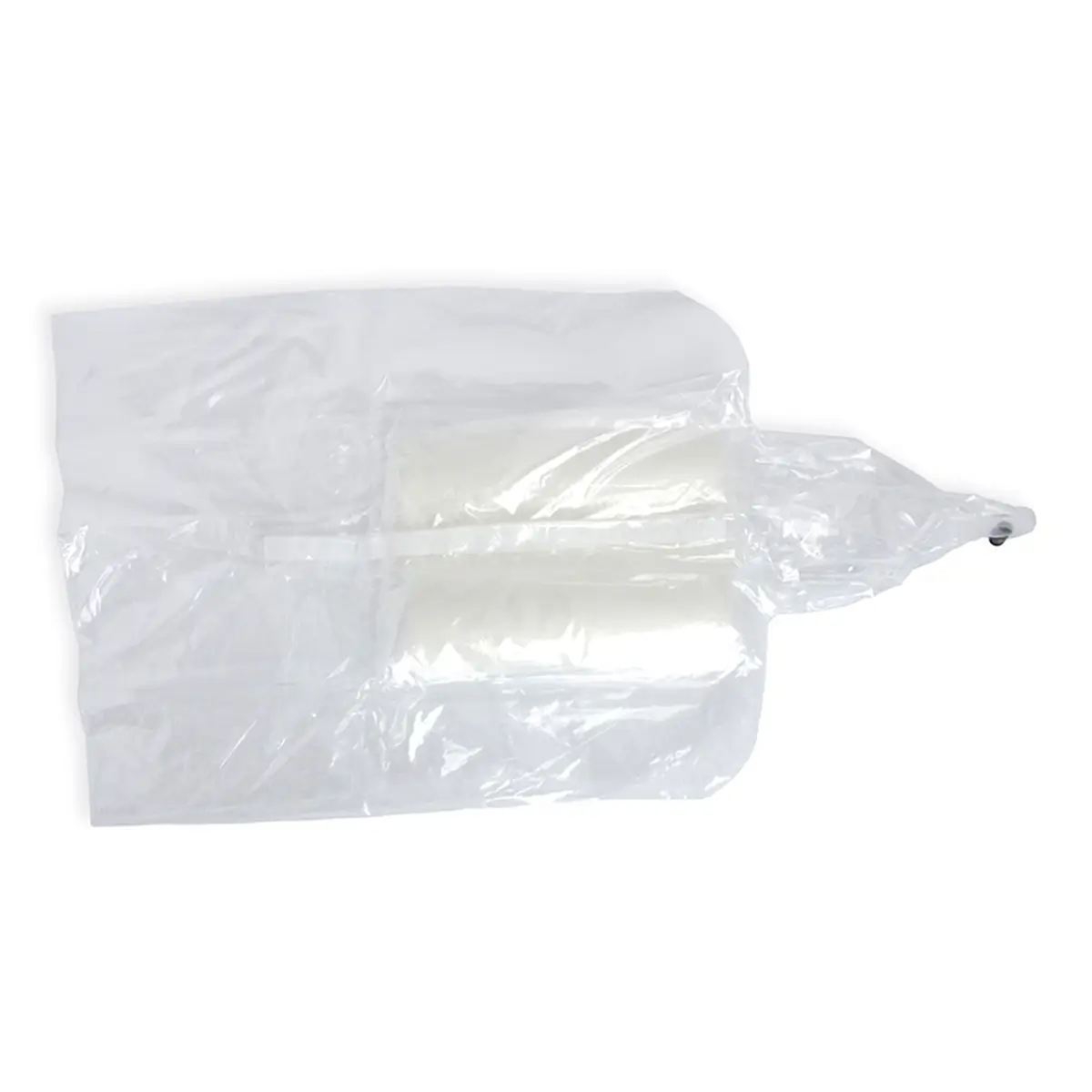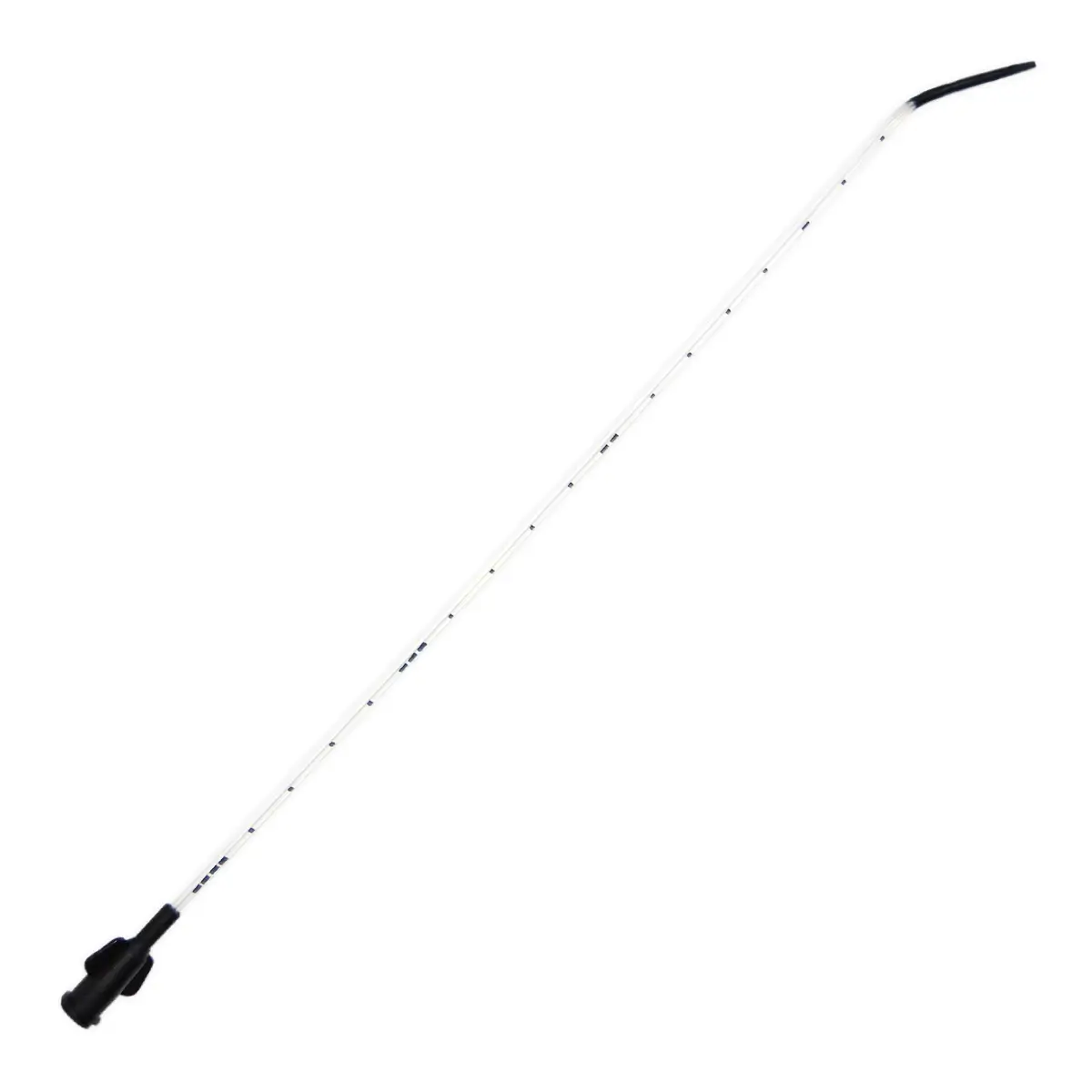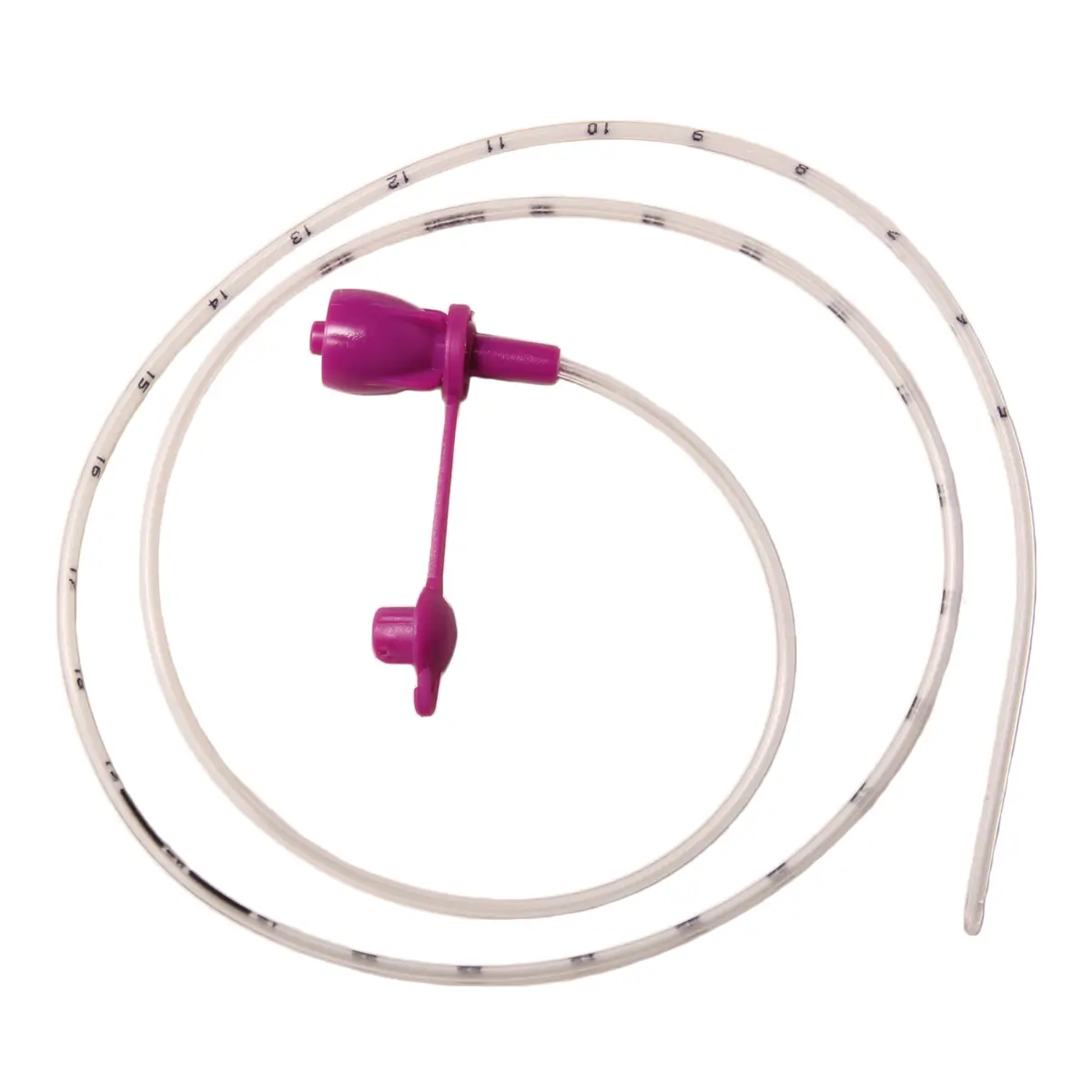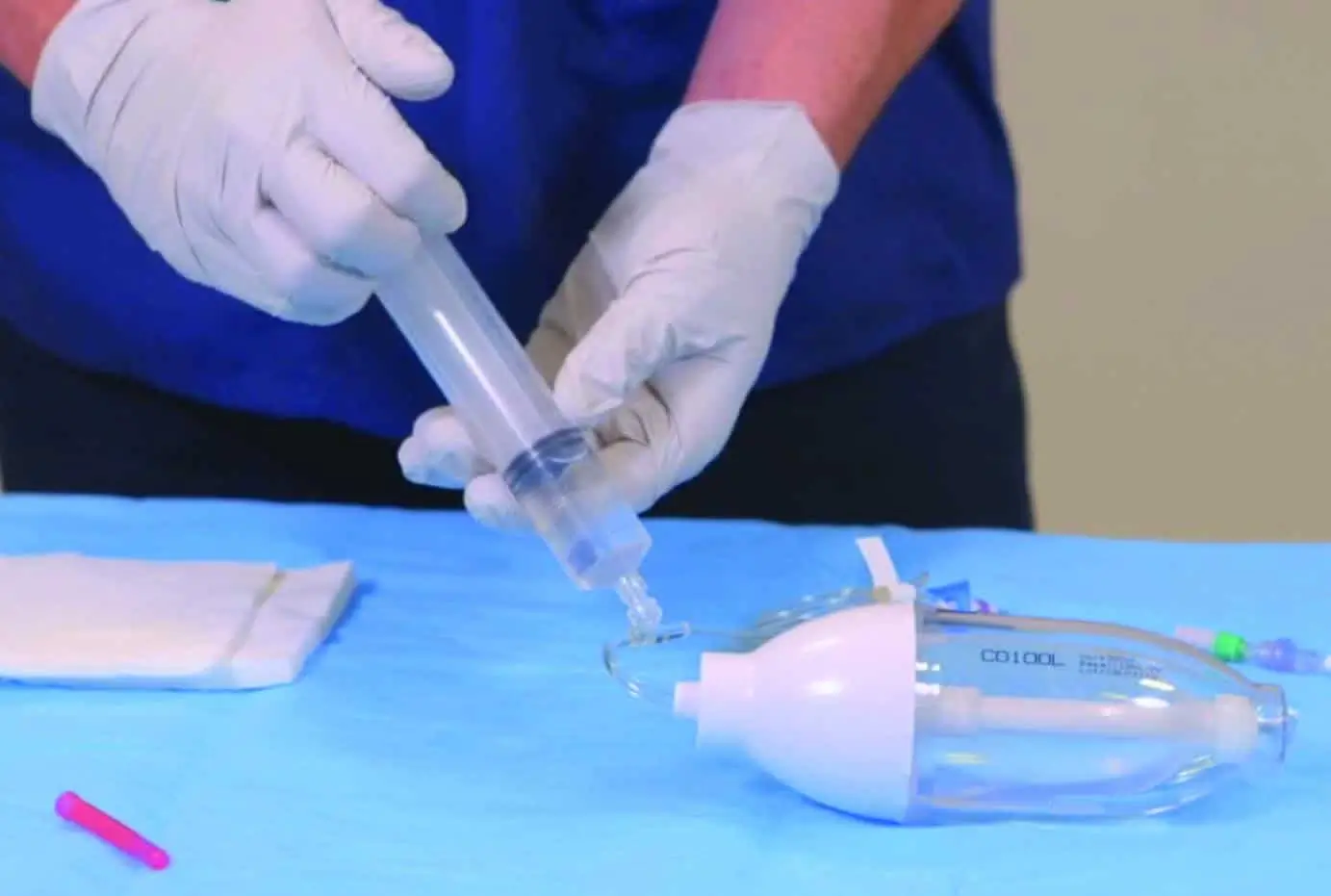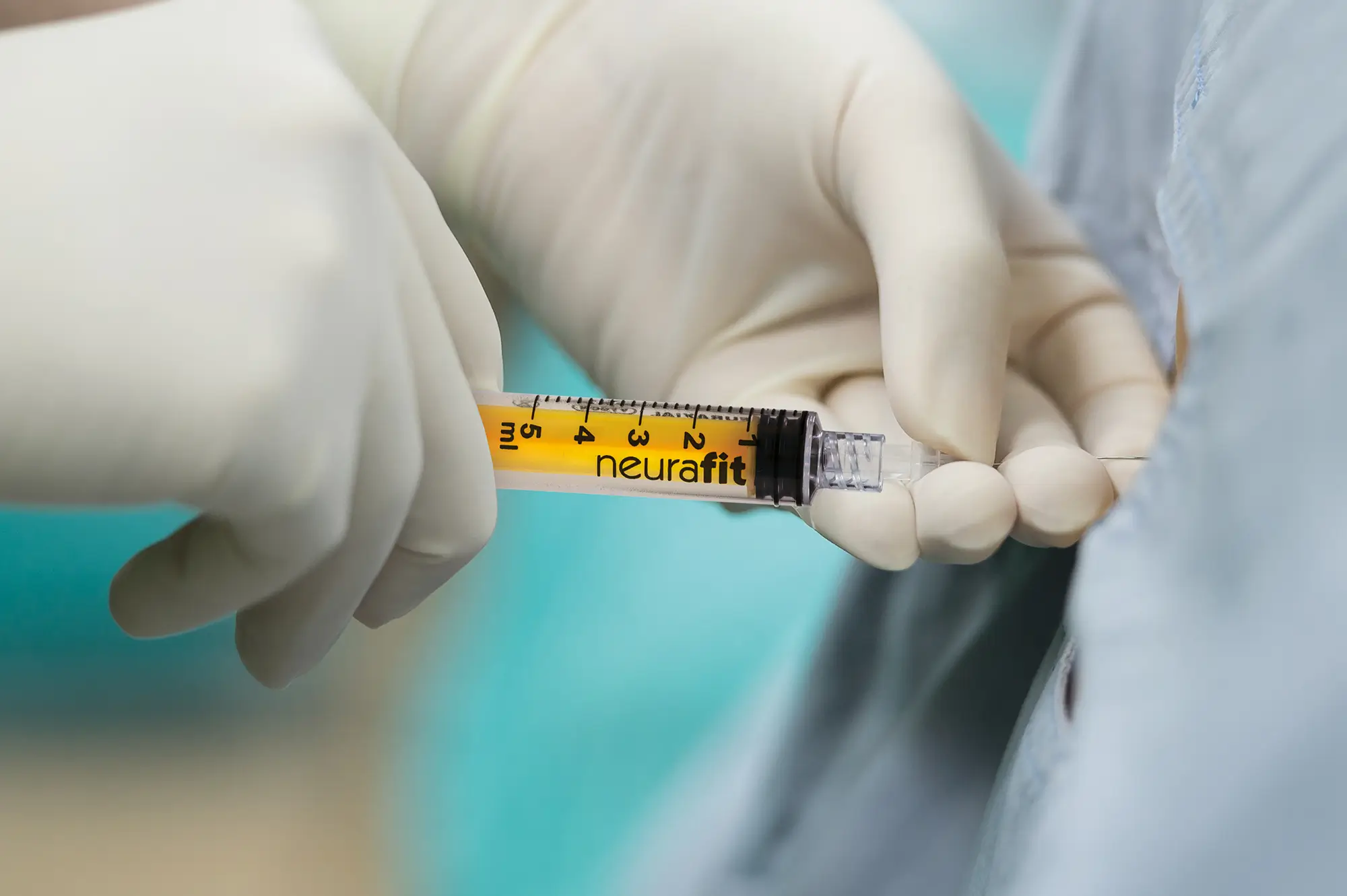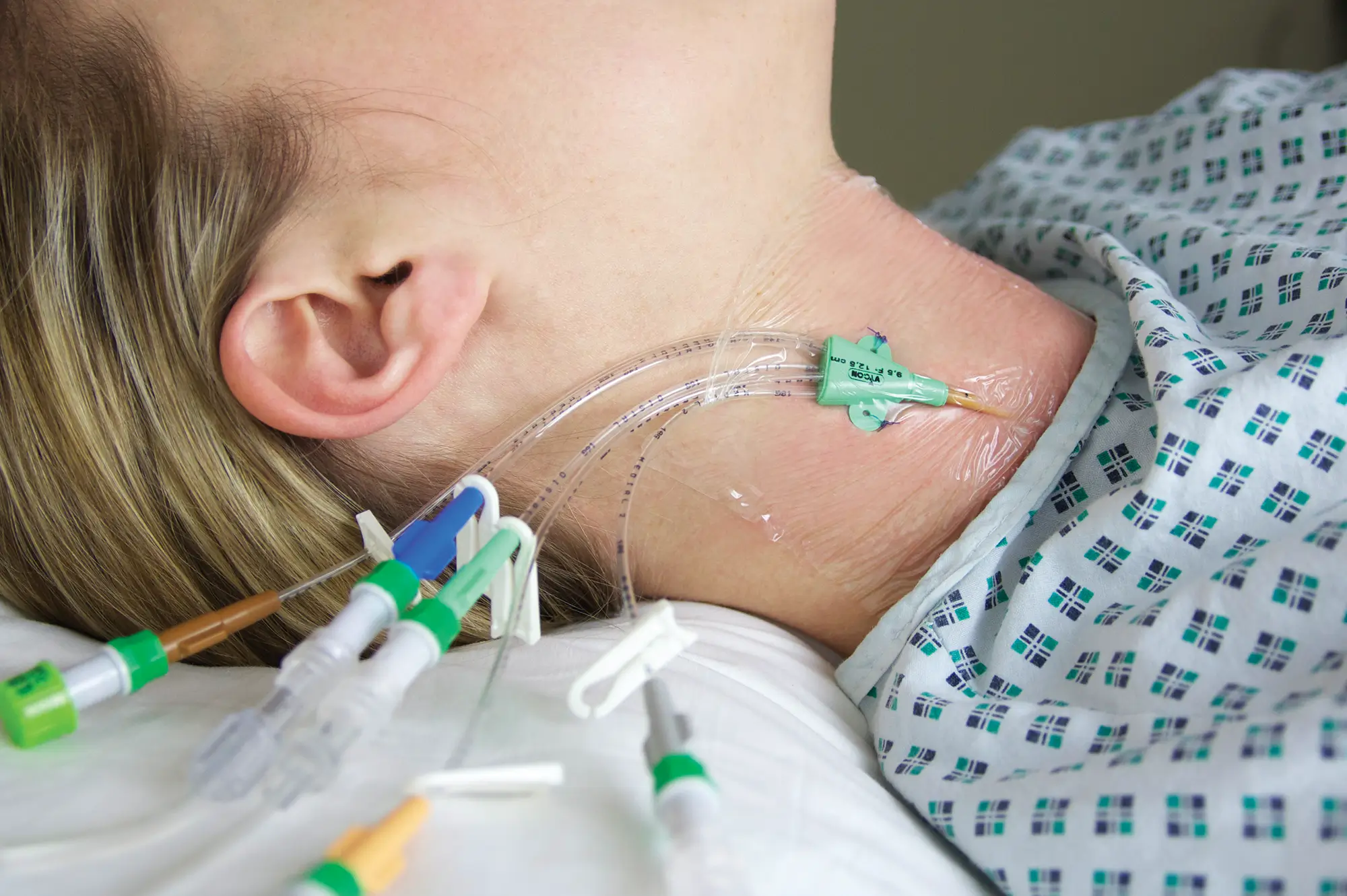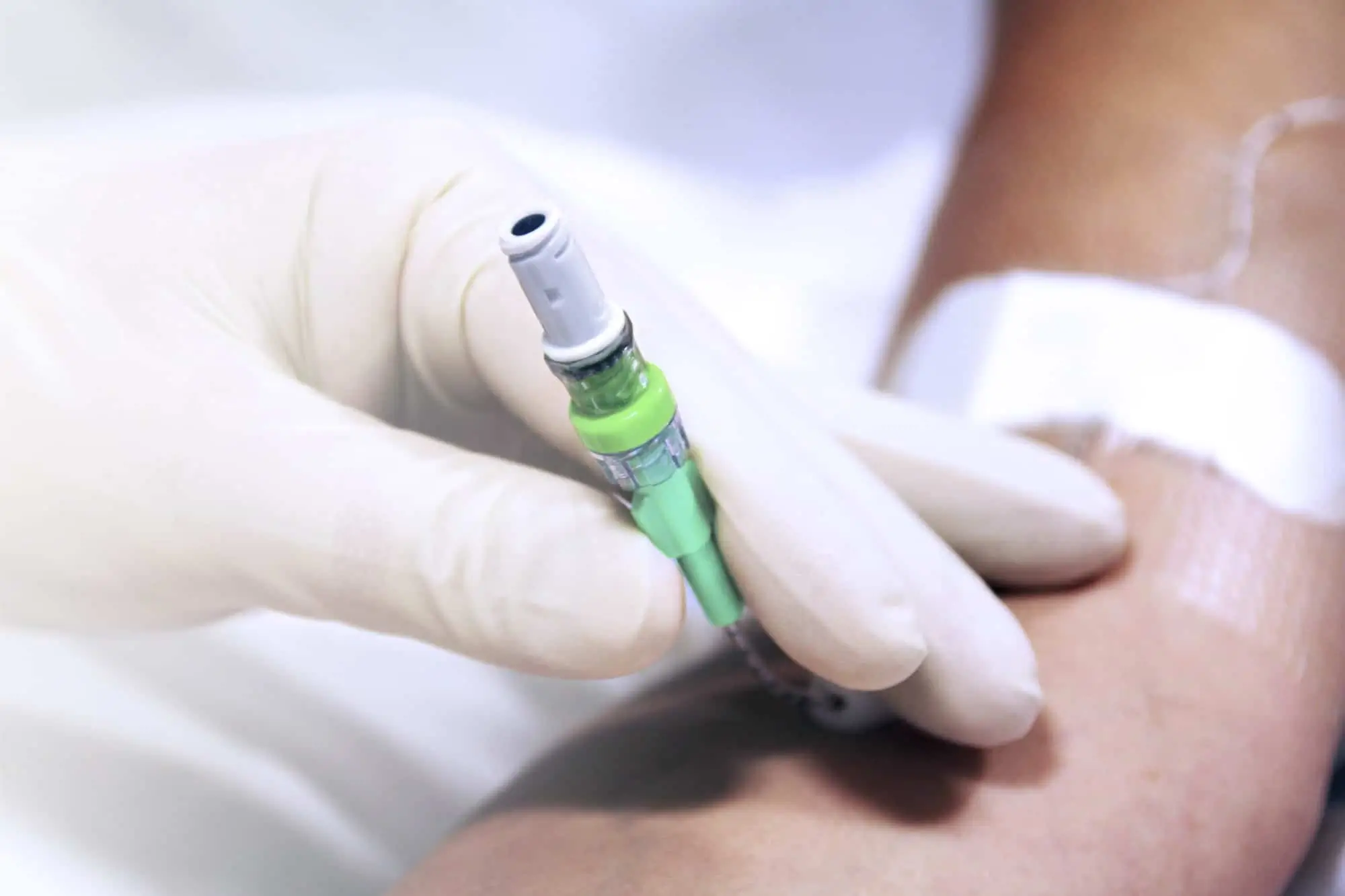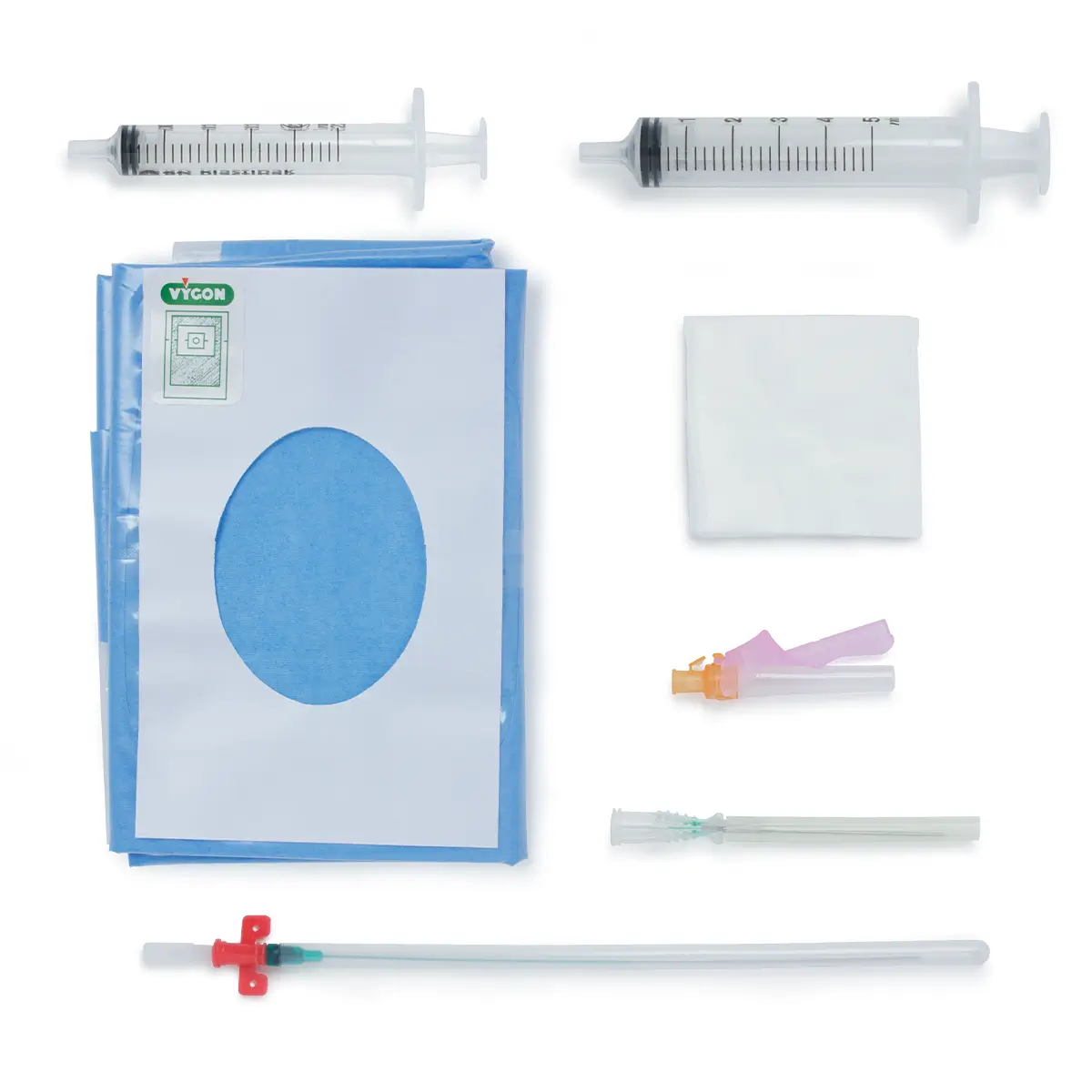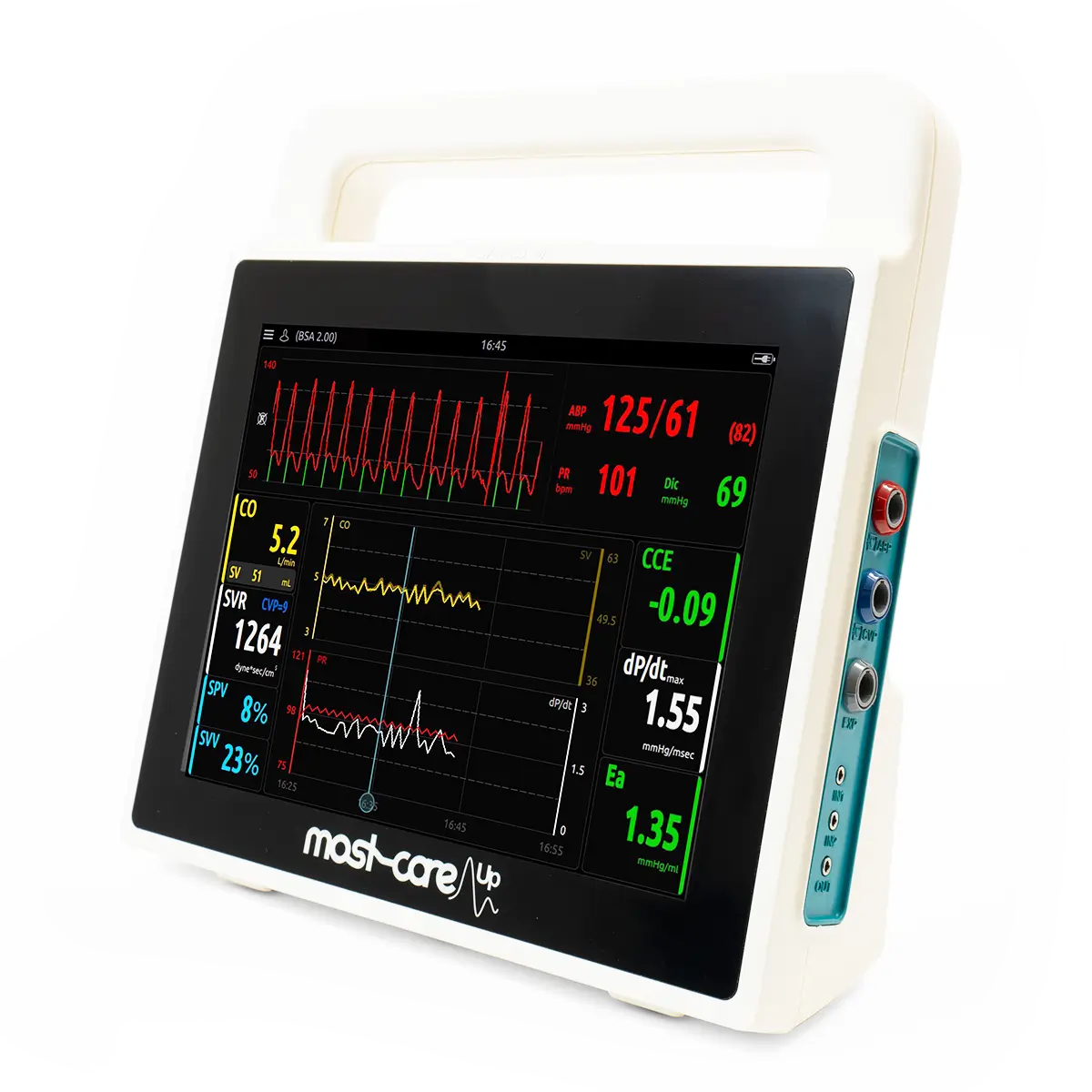Leadercath Arterial Packs: Setting the standard for arterial line placement
Discover the arterial procedure packs from Vygon, for safely and efficiently placing arterial catheters. The all-in-one pack solution, so you are set up and ready to go for placing an arterial line. All you need in one pack to meet current guidelines, clinical and patient needs.
Packs are available with a safety hypodermic needle to reduce the risk of needlestick injuries and available with a choice of dressing to suit local protocols and clinical needs.
Why choose Vygon Arterial Insertion Packs?
The benefits of choosing a procedure packs than separate medical device components are far reaching across your department and trust. The benefits include:
- Cost savings
- Clinical benefit
- Endorses Aseptic Non Touch Technique (ANTT)
- Patient benefits
- Reduces rates of infection
- Clinician benefits
- Includes a heat-sealed drape and safety hypodermic needle
- Efficiency
- Standardises clinical practice, reduces waste, and streamlines procurement and inventory.
Leadercath Arterial: Single Lumen Arterial Catheter:
Leadercath arterial is the market leading catheter for arterial access for adult patients, inserted by the ‘classic’ Seldinger technique.
Suitability and Use:
Used for invasive continuous arterial pressure measurement or to allow for repeated arterial blood sampling. Suitable for short-term therapy up to 30 days when clinically necessary.
Common insertion sites are the radial, brachial and femoral arteries. Less frequently used insertion sites include the ulnar, axillary, posterior tibial and dorsal pedis arteries.
Using the classic Seldinger technique makes arterial puncture easier particularly in hypotensive patients, or those with weak peripheral pulse, or when arteries are narrowed (atherosclerosis).
Designed for Patient Safety and Ease of Use:
- Insertion with the classic Seldinger technique for higher success rates
- Anti-kink collar maintains patency
- Winged hub for secure fixation
- Red hub for easy identification
- Easy insert soft-tipped guidewire
- Suitable for up to 30-day use
- Arterial Insertion packs available (link)
Contraindications to arterial catheterisation:
- Active Raynaud’s syndrome,
- Thromboangitis obliterans,
- Abnormalities in vessel anatomy at the puncture site.
- On a paralysed or traumatised arm
- On the same side as an orthopaedic implant
Precautions for Arterial Catheterisation:
- The using physician should be familiar with and undertake all standard precautions to avoid complications associated with the introduction and the use of Seldinger catheters and their accessories or components.
- Observe strict aseptic technique according to established protocol.
- Single use. Re-use of this device may change its mechanical or biological features and may cause device failure, allergic reactions or bacterial infections.
- Store the product at room temperature, away from light and humidity.
- Flush catheter and accessories/components (if applicable) according to established protocol, to limit the risk of air embolism and detect potential defect of the device
- Do not expose these devices to prolonged contact with alcohol, acetone or solvent-based disinfectants and sprays. They can weaken or damage devices material.
- Allow the disinfectant to dry before dressing.
- Do not clamp the catheter tube at any times as this will cause damage.
- Do not use for power injection.
- Never inject drugs via an arterial catheter.
Training, Support and Education
Leadercath Arterial is a core part of the critical care range of arterial access devices from Vygon UK. With access to dedicated training and education, combined with clinical tools, services and solutions to support your healthcare professionals and patients.
When it comes to the insertion of arterial lines into small vessels, the procedure can be technically challenging, particularly if the patient is hypotensive or peripherally vasoconstricted. Using the Seldinger technique adds the reliability of a confirmed arterial puncture prior to advancing the catheter into the vessel. In practice, studies have shown the Seldinger technique has demonstrated a significantly higher rate of success than the direct threading method.

